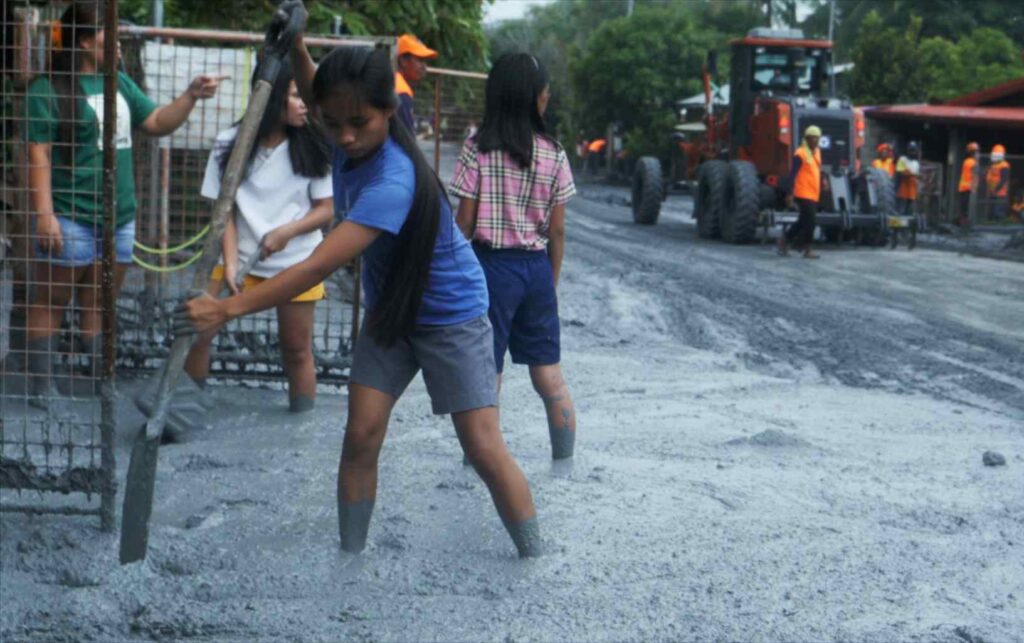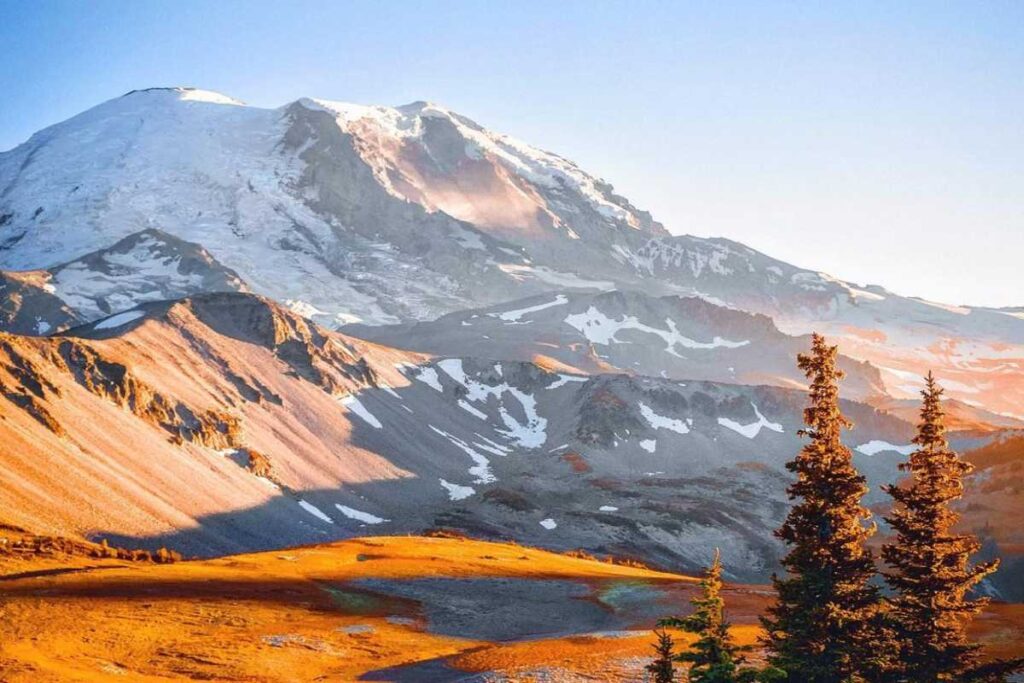Standing elegantly and majestically in the south of Seattle, Washington, is Mount Rainer, the darling of tourists and the pride of America. However, this innocent-looking gift from nature is a source of great worry for scientists.
Volcanologists believe that a deadly volcano lies in the belly of this great mountain.
Rainer Hasn’t Produced a Volcano for More than a Thousand Years
Mount Rainer has been pretty silent for more than a millennium. The only signs of its volcanic capacities have been some occasional eruptions. But all these are a taste of a future big event.

Even though the Washington State mountain towers above sea level by 4.3 kilometers or 2.7 miles, its snowcapped peak paints a harmless picture that can fool anyone except volcano experts.
Why Are Scientists Worried?
Recently, scientists have begun to raise the alarm over the mountain’s destructive tendencies. One of these experts is Jess Phoenix, a volcanologist and ambassador for the Union of Concerned Scientists.

In a TV interview, he said, “Mount Rainier keeps me up at night because it poses a great threat to the surrounding communities. Tacoma and South Seattle are built on 100-foot-thick ancient mudflows from eruptions of Mount Rainier.
More Than Flowing Lava
When we imagine volcanos, we think of dark-reddish liquid fire flowing gently from the zenith of a mountain. On the contrary, in the case of Mount Rainer, volcanologists are worried about something else.

Yes, Mount Rainer would vomit red-hot lava in the event of an eruption. But this red-hot liquid isn’t likely to extend beyond a few miles outside the boundaries of the Mount Rainer National Park.
Lahar: The Real Danger
Instead of lava, the real danger in Mount Rainer is Lahar- a rapidly downward-moving mixture of water and rock. Scientists are worried that an eruption would melt all the snow and ice on the mountain.

When this happens, the resultant water forms a flood that sweeps debris in its path. The water then flows through the area’s numerous valleys and drainage channels.
ALSO READ: Senate Report Exposes Decades of Deception by Oil Giants on Climate Change
Another Scientist Explains Lahar
Throwing more light on the matter, Seth Moran of the USGS Cascades Volcano Observatory in Vancouver, Washington, revealed that the destructive element from Mount Rainer will be cold rather than hot.

“The thing that makes Mount Rainier tough is that it is so tall, and it’s covered with ice and snow, and so if there is any kind of eruptive activity, hot stuff … will melt the cold stuff, and a lot of water will start coming down,” Moran explained.
Human Lives Are at Risk
Moran, a research seismologist, also discussed the impending danger of volcanic eruptions to human life.

“There are tens if not hundreds of thousands of people who live in areas that potentially could be impacted by a large lahar, and it could happen quite quickly,” he warned. Indeed, tens of thousands of residents of the neighboring Tacoma and other areas of South Seattle are at risk.
How Disastrous are Lahars?
Several Lahars have occurred in the past century at least. But the 1985 Lahar, which took place in Colombia, is, for many people, the clear leader if you rank their disaster levels.

It only took a few hours after the Nevado del Ruiz volcano erupted for the fatality numbers to reach the tens of thousands. Muddy and rock-filled icy water swept through the Armero village, killing over 23,000 people.
Lahars Produce Quicksand
There’s yet another deadly dimension to the Lahars besides flowing muddy rivers. In the aftermath of Lahar’s occurrences, quicksand forms, taking more lives in the process.

“When it comes to rest … you’ve got this hardened almost, like, concrete substance that can be like quicksand when people are trying to get out of it,” details Bradley Pitcher, a volcanologist and lecturer at Columbia University.
ALSO READ: Cara Delevingne’s Home Reduced to Ruins in Devastating Fire
Experts Believe that Rainer Could Break the Disaster Records
From all indications, a Lahar from Mount Rainer would cause considerably more disaster than the Nevado del Ruiz did in 1985.

According to Pitcher, Mount Rainer has eight times more glaciers and snow than the Nevado del Ruiz. As a result, there would be way more mudflow from Rainer. This means the chances of a more deadly outcome are pretty high.
Evidence Abound of Previous Lahars at Mount Rainer
Mount Rainer isn’t a stranger to Lahars. Scientists have discovered compelling evidence of previous occurrences. They believe no less than eleven major Lahars have happened within the past 6,000 years. Multiple traces of Lahars were found in the surrounding lowlands around Mount Rainer. The most recent one occurred about 500 years ago.

They’ve also found that not all Lahars were caused by volcanoes. Some were triggered by landslides and earthquakes.
Lahar From a Neighboring Mountain
Turn your eyes further South of Mount Rainer, and you will find Mount St. Helens. This mountain produced a Lahar just four decades back. Thankfully, it didn’t affect any high-population areas.

Only a handful of campers on the mountain managed to come out alive during the volcano. As a result of the St. Helen Lahor, the US Geological Survey installed a lahar detection system at Mount Rainer.
Lahar Evacuation Drills
In preparation for a Mount Rainer volcanic eruption, the US Geological Survey (USGS), in collaboration with schools and other bodies, has organized lahar evacuation drills.

In March 2024, over 45,000 students from Puyallup, Sumner-Bonney Lake, Orting, White River, and Carbonado, Washington, took part in a lahar evacuation drill. It was the largest ever held anywhere in the world. Hopefully, these drills will secure the safety of every child when the volcano eruption begins.
You Might Also Like:
How To Wear Smudged Eyeliner This Summer
Louisiana Lawmakers Approve Controversial Bill Allowing Surgical Castration for Pedophiles
Top 5 Hair Mask Types We Should All Be Using According to Celebrity Stylists
Taylor Swift Spotted Leaving Concert With Blake Lively’s Kids
New Research Says Drinking Before Taking a Nap on the Plane Could Hurt You
